For centuries, African civilizations have relied on the healing power of plants for medicine, nourishment, and spiritual well-being. Many of these plants have been used in traditional African medicine and have since spread across the globe due to their powerful healing properties. Whether you’re looking to improve your health, create a connection to ancestral traditions, or simply add unique plants to your garden, these five healing plants with African roots deserve a place in your home.
1. Hibiscus (Hibiscus sabdariffa)
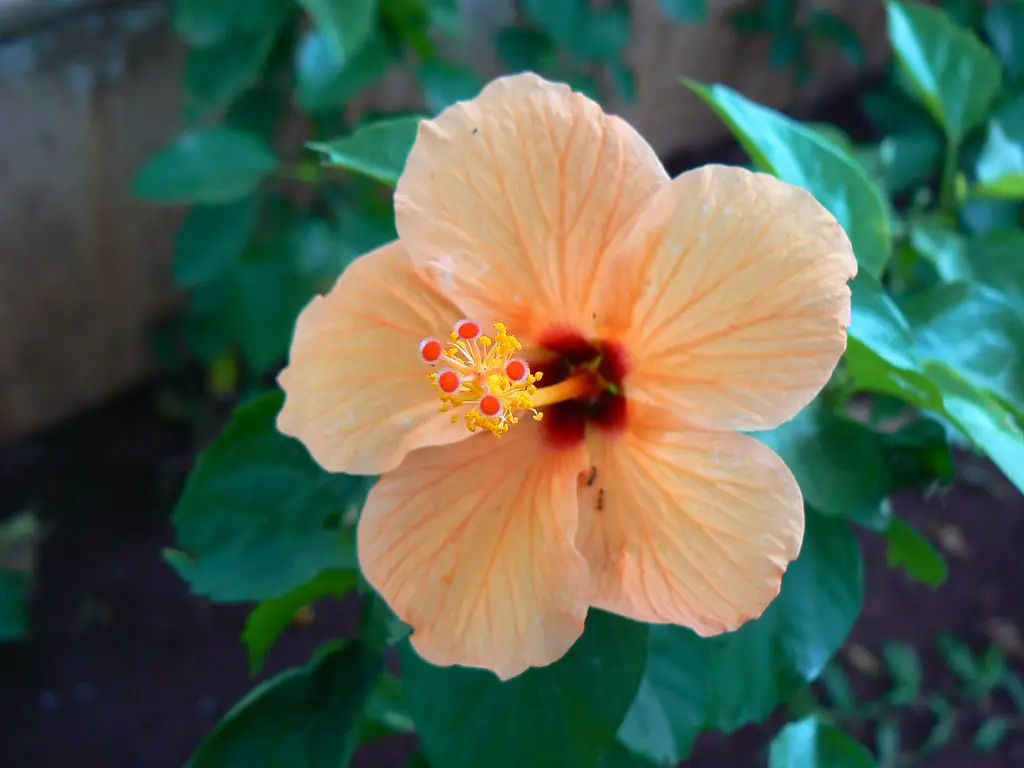
Hibiscus, particularly the species Hibiscus sabdariffa (also known as roselle), has a long history of medicinal use in Africa. Traditionally used in West African cultures, hibiscus is best known for its ability to lower blood pressure and support heart health. The dried flowers are commonly brewed into a tart, ruby-red tea known as bissap in Senegal, sorrel in the Caribbean, and karkadeh in Egypt and Sudan.
This antioxidant-rich drink is packed with vitamin C and polyphenols, which boost immunity and promote anti-inflammatory benefits. Beyond its health properties, hibiscus is also used in natural hair care to strengthen hair and reduce dandruff. The plant itself is easy to grow, thriving in warm climates with plenty of sunlight. It produces stunning red flowers that attract pollinators, making it beneficial for both gardens and ecosystems. Hibiscus can also be used as a natural dye, providing vibrant red hues for fabrics and cosmetics. Whether consumed as tea or admired in the garden, hibiscus is a powerful plant with deep African origins.
2. Aloe Vera (Aloe barbadensis miller)
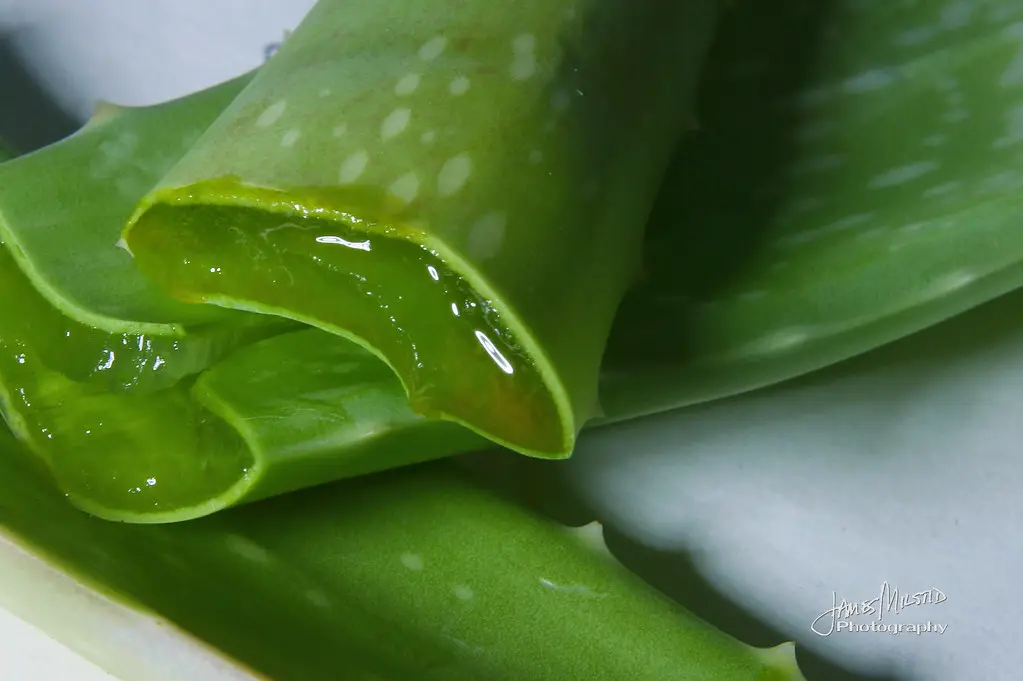
Aloe vera is one of the most widely recognized healing plants, with deep roots in African medicinal traditions. Indigenous to North Africa and the Arabian Peninsula, this succulent has been used for thousands of years to treat wounds, burns, and skin conditions. Ancient Egyptians referred to aloe as the “plant of immortality,” often using it in their skincare and embalming rituals. The gel inside the leaves is rich in vitamins, enzymes, and amino acids that promote skin healing and hydration.
It is also known to aid digestion when consumed in small amounts, making it a versatile medicinal plant. Aloe vera thrives in warm climates and requires little maintenance, making it an excellent addition to home gardens. The plant is also an effective air purifier, improving indoor air quality when grown inside. Because of its ability to retain water, it can survive in dry conditions, making it ideal for drought-resistant gardens. Whether used for skincare, digestion, or home décor, aloe vera is a must-have healing plant with African roots.
3. Kinkeliba (Combretum micranthum)
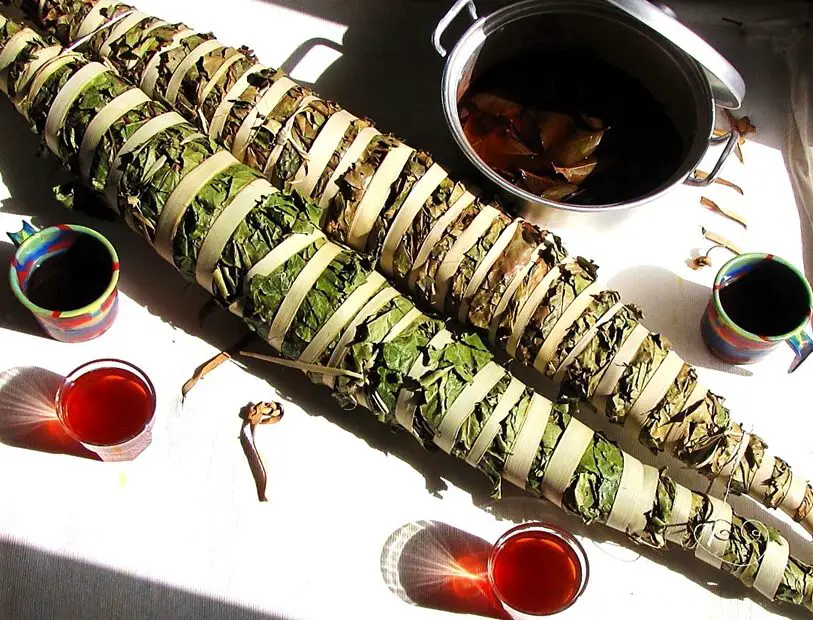
Kinkeliba is a lesser-known but highly valued medicinal plant native to West Africa, particularly Senegal, Mali, and Burkina Faso. Often called the “health tree,” kinkeliba has been used for centuries as a natural detoxifier and immune booster. The leaves are traditionally brewed into a tea that is consumed to aid digestion, relieve fatigue, and support liver health. In Senegalese culture, kinkeliba tea is often taken in the morning as a cleansing ritual to prepare for the day.
The plant contains powerful antioxidants and antimicrobial properties, making it effective against infections and inflammation. It is also known to help regulate blood sugar levels, making it beneficial for people managing diabetes. Kinkeliba grows in dry, arid conditions, making it highly resilient and easy to cultivate in drought-prone areas. The leaves can be harvested and dried for year-round use, allowing people to benefit from its healing properties in any season. Though less common in Western herbal medicine, kinkeliba is gaining recognition for its numerous health benefits and deserves a spot in every healing garden.
4. Devil’s Claw (Harpagophytum procumbens)
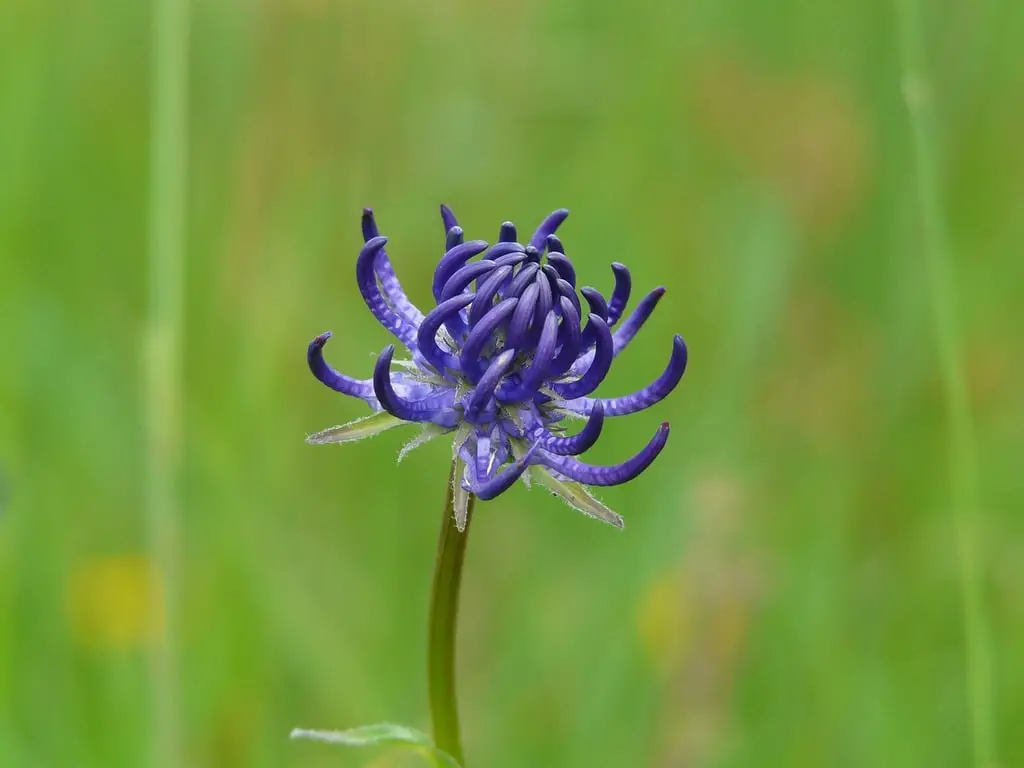
Devil’s claw is a powerful medicinal plant native to the arid regions of southern Africa, particularly Namibia, Botswana, and South Africa. Traditionally used by the San and Khoi people, devil’s claw has been prized for its ability to reduce inflammation and relieve pain. The plant gets its name from the hooked shape of its fruit, which resembles a claw. Its roots contain iridoid glycosides, which have strong anti-inflammatory effects and are commonly used to treat arthritis, muscle pain, and digestive issues.
Devil’s claw is often taken as a tea or in supplement form to support joint health and mobility. Studies have shown that it can be as effective as some pharmaceutical pain relievers, making it a valuable natural alternative for chronic pain management. The plant thrives in dry, sandy soil, making it an excellent choice for xeriscaping and drought-tolerant gardens. Because of its growing popularity in herbal medicine, efforts are being made to ensure sustainable harvesting practices to protect wild populations. Adding devil’s claw to your garden connects you to centuries of African healing wisdom while providing a natural remedy for pain relief.
5. Baobab (Adansonia digitata)
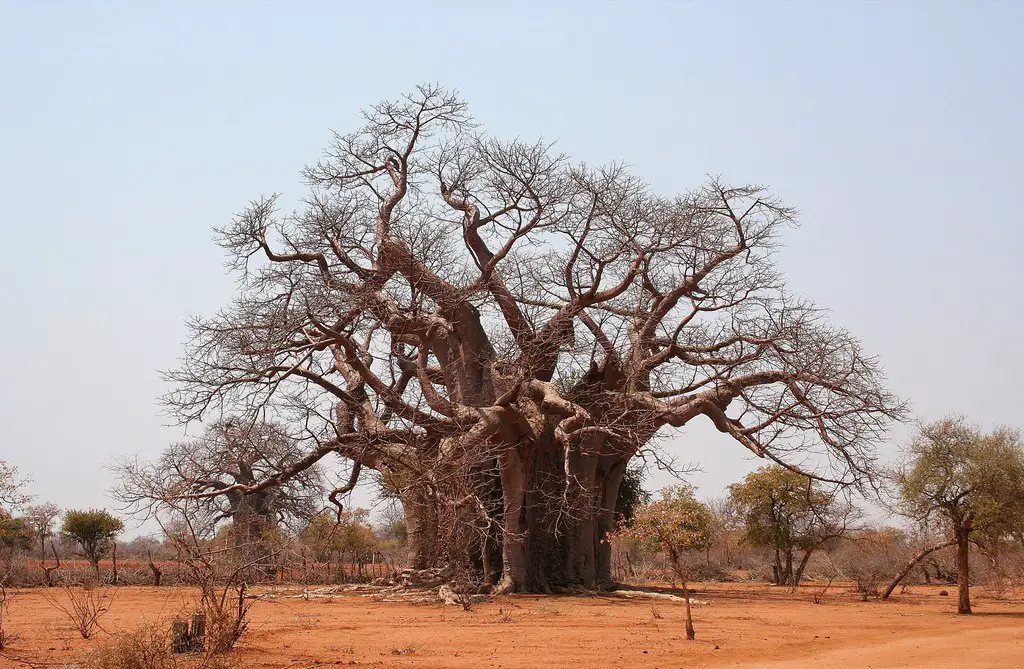
Known as the “Tree of Life,” the baobab tree is one of Africa’s most iconic and revered plants. Native to the savannas of sub-Saharan Africa, baobab trees can live for thousands of years and provide food, medicine, and shelter to many communities. The fruit of the baobab tree is exceptionally rich in vitamin C, containing up to ten times more vitamin C than oranges. It is also packed with antioxidants, fiber, and essential minerals that support immune function, digestive health, and skin vitality.
Baobab fruit is often dried and ground into a powder that can be added to smoothies, juices, and baked goods. The leaves are also highly nutritious and are traditionally used in soups and stews. Baobab trees store water in their trunks, allowing them to survive harsh drought conditions, making them a symbol of resilience and longevity. In many African cultures, baobabs hold spiritual significance and are often the center of community gatherings. While baobab trees take decades to mature, smaller species or baobab-derived products can easily be incorporated into home gardens and diets.
